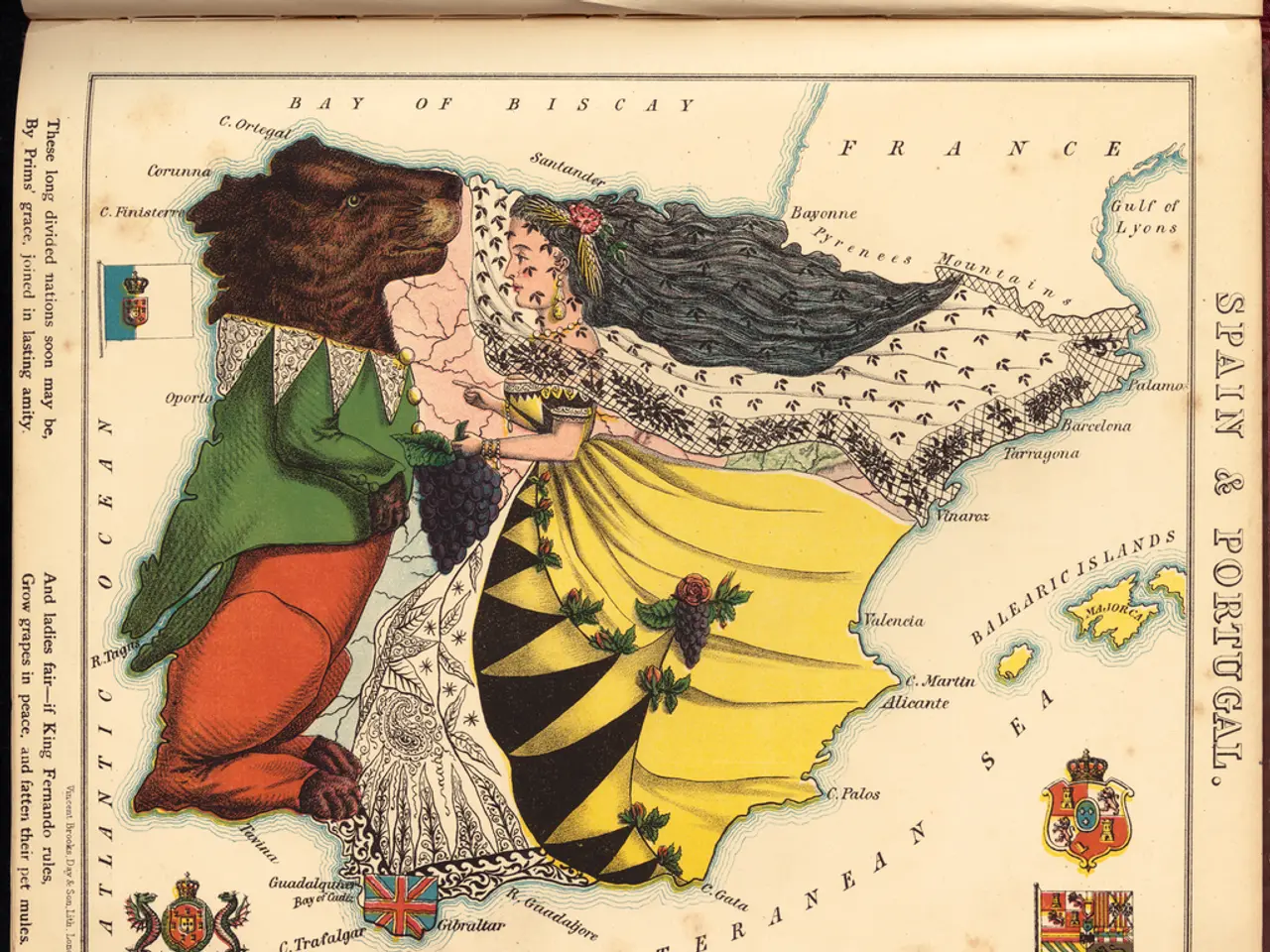Embracing Resilience Through Kintsugi - The Japanese Cultural Approach to Restoration Psychology
Kintsugi, also known as Kintsukuroi, is more than just an art form – it's a powerful metaphor for resilience and the process of healing. Originating in Japan between the late 16th and early 17th centuries, this art form has captured the hearts of many, reflecting the psychology of Japanese resilience.
The Art of Restoration
Kintsugi involves repairing broken pottery using gold or silver lacquer to highlight the cracks rather than disguise them. This technique not only restores the object's functionality but also enhances its aesthetic value by emphasizing its history and resilience.
A Philosophy of Life
Kintsugi is deeply rooted in Zen Buddhism and embodies a philosophy of life that advocates unconditional self-love, valuing the individual despite their flaws and scars. It symbolizes the idea that brokenness is not something to be hidden but rather celebrated as part of the object's story.
The Beauty of Imperfection
Kintsugi encourages the acceptance of imperfection as an integral part of an object's or person's history, making it a powerful symbol against the quest for perfection. The use of gold or silver lacquer to repair cracks signifies the value and beauty that can be found in imperfection and the process of healing.
Psychological Impact
Psychologically, Kintsugi can be seen as a metaphor for healing and personal growth. It suggests that just as broken pottery can be restored to its former or even greater beauty, individuals can emerge from difficult experiences stronger and more resilient. This concept resonates deeply in Japanese culture, where it is often used to inspire mindfulness and self-reflection.
Embracing Impermanence
Kintsugi aligns with the Wabi-Sabi philosophy, as it transforms brokenness into something new and beautiful, honoring the process of change rather than resisting it. The concept of Wabi-Sabi reflects the broader understanding in Japan that life's challenges and imperfections are intrinsic to the human experience.
A Symbol of Transcendence
The gold used in Kintsugi symbolizes transcendence, transformation, and the ability to turn pain and brokenness into something beautiful. It represents the potential to transform personal suffering and challenges into opportunities for growth and self-discovery.
In conclusion, Kintsugi is a unique blend of art and philosophy that enriches Japanese culture by emphasizing the beauty of imperfection and the strength gained through resilience. It serves as a powerful reminder that brokenness does not define us; it is simply part of our journey, offering opportunities for transformation and growth.
Sports can be inspired by the philosophy of Kintsugi, emphasizing personal growth through embracing and celebrating one's mistakes or injuries, rather than masking them.
Kintsugi's psychological impact can extend beyond pottery, serving as a metaphor for achieving personal growth in education-and-self-development, relationships, and lifestyle contexts.
Kintsugi can also influences fashion-and-beauty by promoting an acceptance of imperfections and encouraging the appreciation of individuality and self-expression.
Moreover, the use of gold in Kintsugi can symbolize the pursuit of self-improvement and personal transformation in any aspect of life, including personal growth and development.




